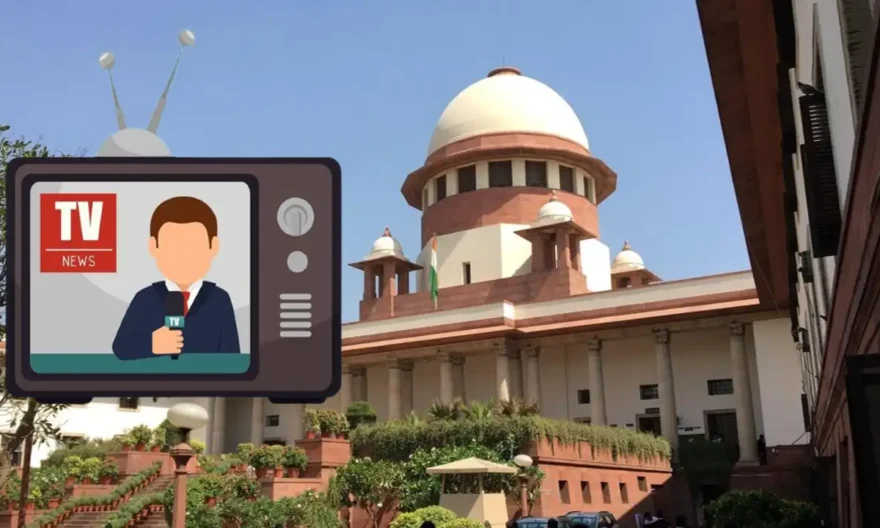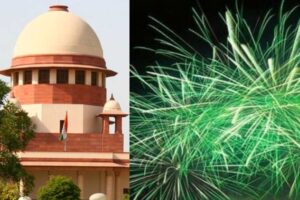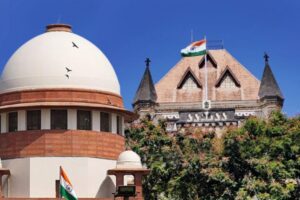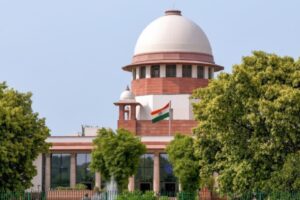
The Supreme Court on Monday said it wanted to “tighten up” the self-regulatory framework for monitoring TV news channels and granted an additional four weeks to the News Broadcasters and Digital Association (NBDA) to formulate fresh guidelines.
A bench of Chief Justice of India D Y Chandrachud, alongside Justices J B Pardiwala and Manoj Misra, acknowledged that the NBDA was in discussions with its present and former chairpersons, namely Justice (retd) A K Sikri and R V Raveendran, respectively, to establish revised guidelines.
Senior advocate Arvind Datar, representing the NBDA, requested a four-week extension to finalize the fresh guidelines.
Solicitor General Tushar Mehta, representing the Centre, mentioned that the government had already devised a three-tier mechanism, with the first tier being self-regulation.
Senior advocate Mahesh Jethmalani, representing the News Broadcaster Federation of India (NBFI), noted that unlike the NBDA, NBFI was the sole regulatory body registered with the Centre under the 2022 rules. He proposed that NBFI should also be allowed to submit its self-regulations.
“We want the self-regulatory mechanism to be tightened up,” the CJI said, adding that suggestions and guidelines are welcome.
He stressed that the court did not want to mediate in ideological differences between NBDA and NBFI.
The Court then scheduled the plea for further hearing after four weeks.
Previously, the Apex Court had found flaws in the existing self-regulatory mechanism for monitoring TV news channels and sought the Centre’s response to make it more effective. The court clarified that it had no intention of imposing censorship on the media.
However, it emphasized the necessity of a robust self-regulatory mechanism, highlighting that some channels had behaved recklessly during the coverage of actor Sushant Singh Rajput’s death case.
The Top Court had directed the NBDA to seek input from its present chairperson, Justice Sikri (retd), and his predecessor, Justice Raveendran (retd), both former Supreme Court judges. The court also noted that the maximum penalty for a TV news channel violating the self-regulatory mechanism was a mere Rs 1 lakh, a figure established in 2008.
The case originated from a plea filed by the NBDA against the Bombay High Court’s observations in January 2021. The high court had stated that media trials amounted to contempt of court and urged the press not to cross the proverbial “Lakshman Rekha.” It found the coverage of actor Sushant Singh Rajput’s death case by certain news channels as “contemptuous” and argued that existing self-regulatory mechanisms couldn’t function as statutory mechanisms.
As per the NBDA’s website, it represents private television news, current affairs, and digital broadcasters and serves as the collective voice of these entities in India. The NBDA currently boasts 27 prominent news and current affairs broadcasters, comprising 125 news and current affairs channels.
The Supreme Court issued a notice to the Centre and others, seeking their responses to the association’s plea. The bench emphasized the necessity of considering whether the steps taken to establish a self-regulatory mechanism need further strengthening.




